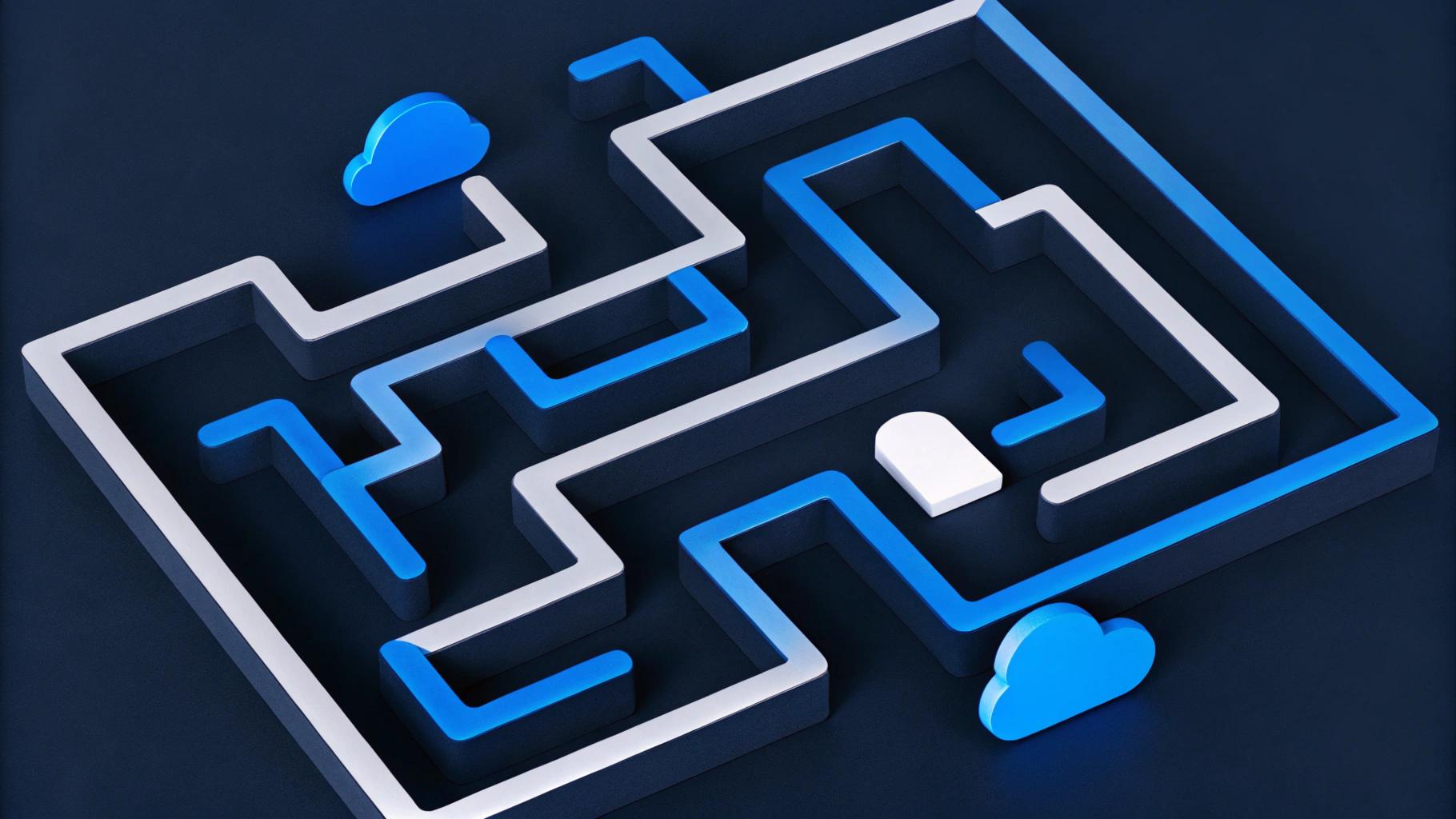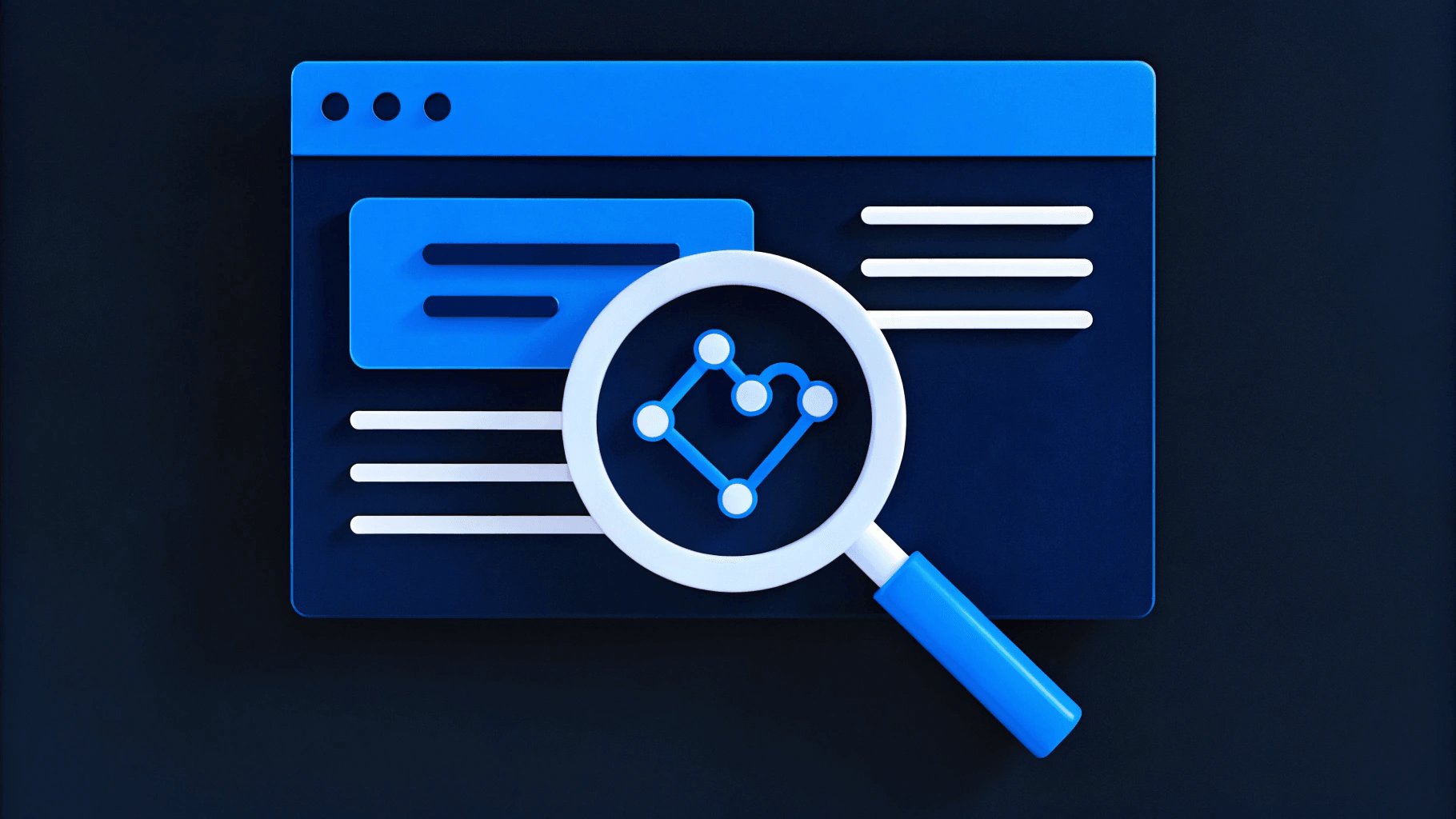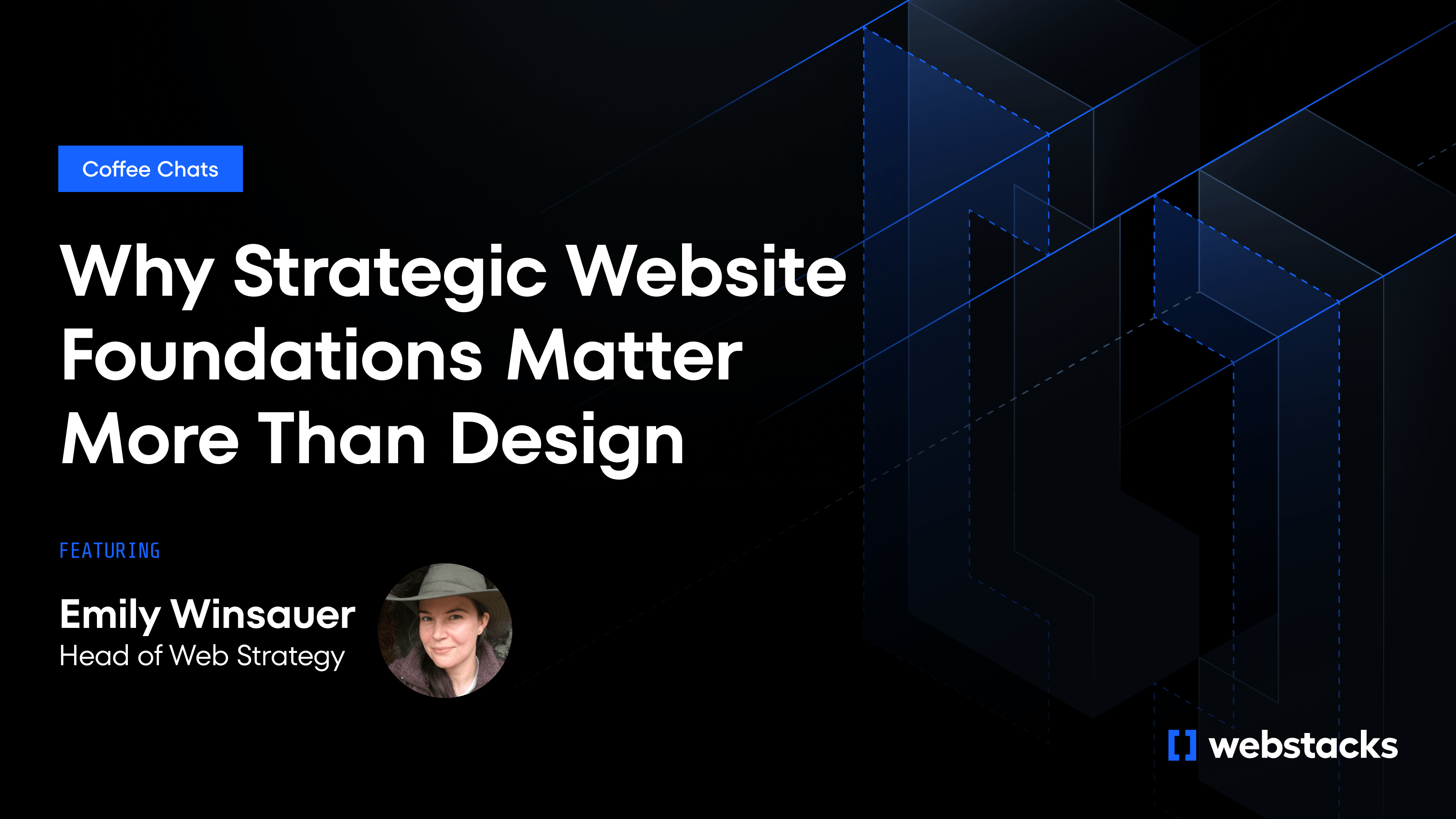You’ve got people coming to the site. They’re signing up for newsletters. Booking a few demos. Sales has some pipeline to work with. But deals keep dragging, or worse, disappearing? And every week, someone’s asking why the numbers aren’t better.
This is the part no one tells you about: growth doesn’t stall because you’re not trying hard enough. It stalls because your funnel isn’t built to handle how people buy today. It’s too linear, too fragmented, and too focused on what you want instead of what your buyers need to feel sure.
At Webstacks, we’ve seen it over and over again. Fix the funnel, and suddenly everything clicks. Pages convert, sales move faster, and the whole thing feels lighter.
This guide is designed to help you build a B2B SaaS funnel that doesn’t just collect leads, but helps you turn them into real momentum.

1. Define Funnel Goals Based on Your Model
Before you start planning content or tooling, clarify your go-to-market strategy. Are you product-led, sales-led, or running a hybrid model? Each one creates a different path through the funnel, and defines what “qualified” means at each stage.
For example:
- Sales-led: Success might be a booked demo with a budget-holding stakeholder.
- Product-led: Success might be a user who signs up and reaches a specific usage milestone.
Once you define the motion, set measurable KPIs that reflect how buyers move through your system.Things like MQL to SQL rate, funnel velocity, or CAC payback period.
Just as important, align funnel ownership across marketing, sales, and product teams. Without a shared definition of success, leads get stuck, handoffs break down, and no one knows what’s working.
2. Map Funnel Stages to Buyer Intent
A high-performing funnel is built around how your buyers make decisions. When funnels are shaped by internal processes instead of buying journeys, they tend to confuse prospects or leave them hanging.
Start by breaking the journey into five core stages:
- Awareness: They’ve just realized there’s a problem.
- Interest: They’re exploring possible solutions.
- Consideration: They’re actively comparing vendors.
- Decision: They’re ready to move forward.
- Expansion: They’ve purchased, now it’s about onboarding, upselling, and retention.
For each stage, document what qualifies someone to move forward. What signals buying intent? What questions or blockers do they usually have?
This clarity guides your messaging, and it shapes your content strategy. If you know a lead in the Consideration stage is comparing you to two key competitors, you should already have a comparison page that answers their concerns and nudges them toward your differentiators.
3. Build a Website That Powers the Funnel
Every page on your website should guide buyers to the next logical step, based on where they are in their decision journey.
Think of it like this:
- Awareness: Blog posts, SEO pages, and thought leadership to attract interest.
- Interest: Product overview pages, use case content, and industry-specific messaging.
- Consideration: Comparison pages, customer stories, integration explainers.
- Decision: Pricing, demo requests, security and compliance info.
- Expansion: Onboarding flows, help centers, and upsell prompts.
To make this work at scale, your site architecture needs to be flexible. A modular CMS, like Contentful or Sanity, lets marketers build and update pages quickly without waiting on developers. That means you can test new messages, launch campaign pages, and adapt to buyer feedback in real time.
Calendly did exactly that. After migrating to a modular site architecture, they were able to launch pages faster, support multiple buyer journeys, and improve lead quality at every stage.

4. Align Content and Campaigns to Funnel Stages
Your content and campaigns should meet buyers where they are. That means matching your messaging, format, and CTAs to the stage of the journey, not pushing everyone toward a demo.
Here’s how to break it down:
- Top of funnel (Awareness & Interest): Focus on education and problem discovery. Use blog posts, paid social, video, and SEO to bring in the right traffic. These campaigns should aim for engagement. Leave conversion for later.
- Middle of funnel (Consideration): This is where buyers start narrowing their options. Use webinars, case studies, product deep dives, and nurture emails to guide them forward. Content here should build trust and show how you solve their specific challenges.
- Bottom of funnel (Decision): Now’s the time to make action easy. Offer clear CTAs for demos, free trials, pricing breakdowns, and ROI calculators. Remove friction, answer final objections, and give stakeholders the materials they need to get internal buy-in.
Make sure each asset is tied to a clear next step. For example, a comparison page should link to the demo, a webinar follow-up should include a relevant case study, and campaigns should flow into pages that convert.
5. Connect Your Stack to Track Performance
Once your funnel is mapped and your content is live, the next step is making sure your tools are connected so you can track what’s working.
Start by integrating your CRM (like Salesforce), your marketing automation platform (like HubSpot or Marketo), and your CMS. This gives you visibility into how leads move across the funnel.
Key metrics to monitor at each stage:
- Lead-to-opportunity conversion rate
- Sales velocity (time spent in each stage)Funnel drop-off points (where leads stall or exit)
- Channel attribution (which sources drive real pipeline)
With the right tracking in place, you’ll see which campaigns move leads, where handoffs break down, and how to better align sales and marketing.
Webstacks recommends using a modular CMS like Contentful or Sanity, as they allow you to:
- Test and iterate faster
- Launch campaign pages or CRO experiments without touching code
6. Continuously Optimize
The first version of your funnel is just a starting point. Buyer behavior changes, your product evolves, and your messaging needs to keep up.
Here’s how to keep your funnel sharp:
- Run A/B tests on high-traffic pages like pricing, demo CTAs, or comparison pages.
- Interview your sales team regularly to surface objections, drop-off reasons, and patterns in closed-won deals.
- Use analytics and heatmaps to find where visitors are stalling or exiting.
- Adapt your messaging when launching new features, entering new markets, or targeting new personas.
The key is speed. If your team needs to wait weeks to update a headline or launch a landing page, you’re already behind. A modular site setup gives your marketing team the autonomy to test and improve without dev bottlenecks.
Turn Your Funnel Into a Growth Engine
A high-performing B2B SaaS funnel generates leads and moves buyers through a decision journey. That requires alignment across teams, a site that supports every stage, and the ability to test and adapt quickly.
If your current funnel feels rigid or underperforming, the issue might not be your content or campaigns, but the infrastructure underneath it.
Webstacks helps SaaS companies build modular, performance-driven websites that power full-funnel growth—from first visit to customer expansion. Whether you’re running a PLG model, a sales-led motion, or something in between, we can help your site evolve as fast as your business. Let’s talk.




